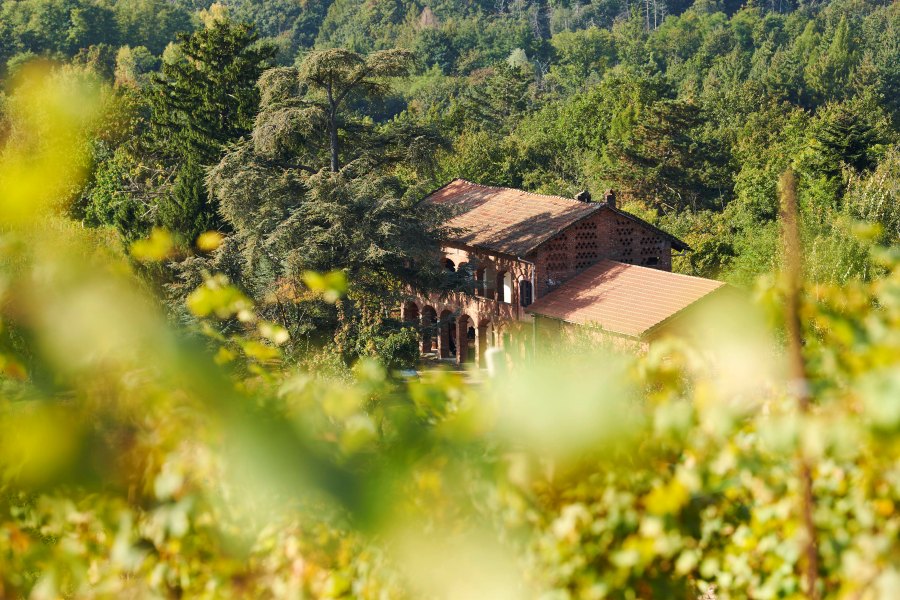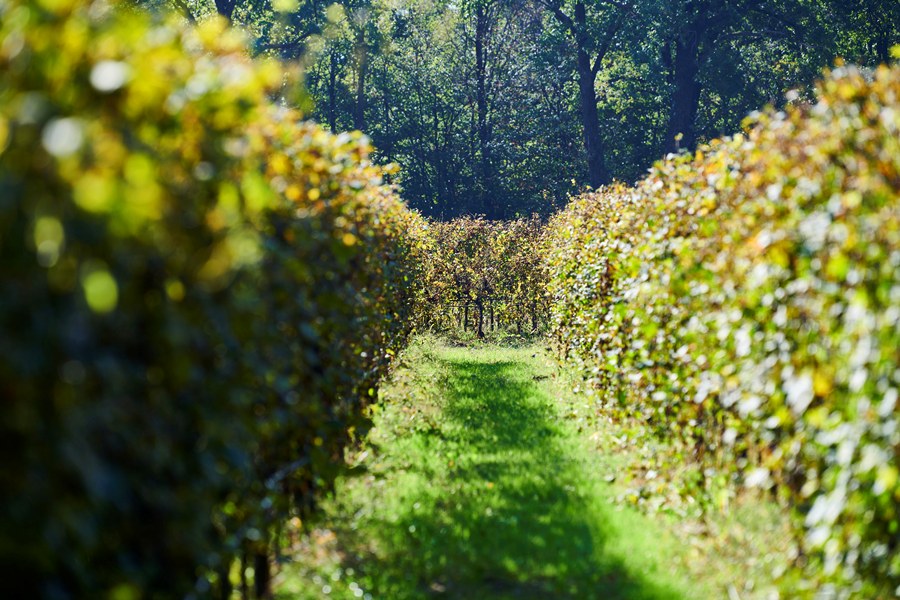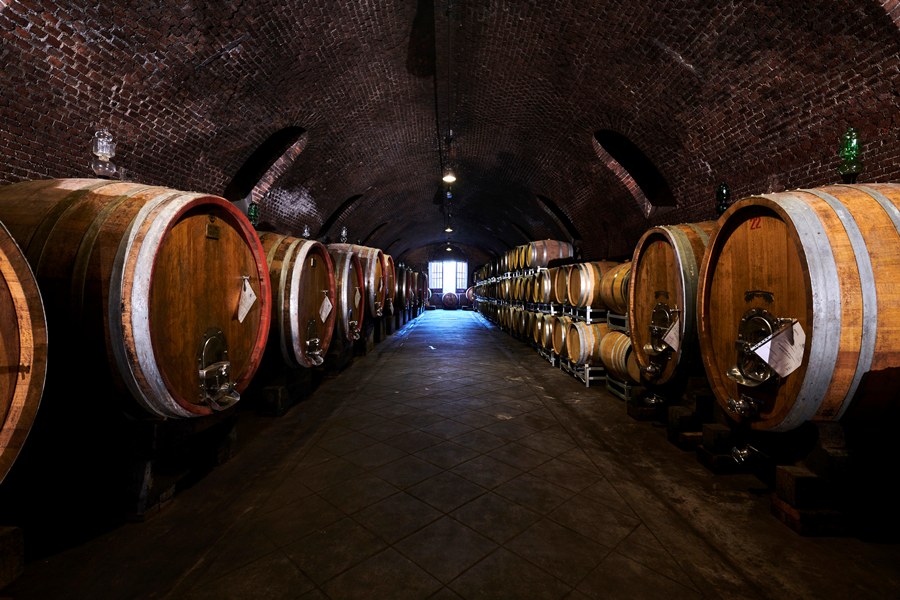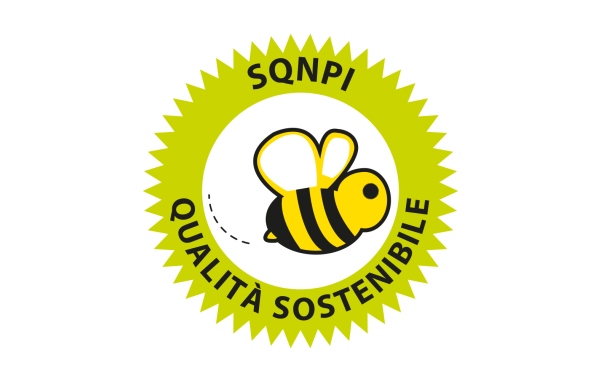Tenute Sella 1671
TENUTE SELLA - Alto Piedmont
Did you know: Finance Minister Quintino Sella made a toast to the unification of Italy with wine Lessona. This shows the importance of Lessona in the history of Alto Piedmont.
In 1671, Comino Sella bought a vineyard in Lessona, a small wine-growing area already historically dedicated to the production of fine red wines, the fruit of noble soils and sands of an ancient sea. For 350 years, generations of the Sella family have cared for the estate's vineyards, carefully preserving the expertise knowing that they are part of the cultural heritage of the great Piedmont.

A notarized document from 1671 attests that Comino Sella acquired vineyards in Lessona as an investment of surplus money from the family's textile industry. Between the 17th and 19th centuries, numerous sales deeds prove the willingness of the family's descendants to invest in vineyards in Lessona.
Between the 1830s and 1840s, Giovanni Giacomo Antonio Sella had the manor house and accompanying cottages built on the vineyard "allo Zoppo," an excellent cru for exposure, in all probability the same one already mentioned in a deed from 1436. Around 1870, when the inheritance was divided between Maurizio Sella's three sons named Gaudenzio, Quintino and Giuseppe Venanzio Sella, it was the latter who took over the Lessona property.
The Sella family decided to expand the estate and invest in the still largely rugged and wild area of Villa del Bosco to establish vineyards. Between 1882 and 1884, Carlo Sella, on behalf of the heirs of Giuseppe Venanzio, gradually acquired the various plots of the "Bramaterra" estate from the municipality of Villa del Bosco and charged Don Paolo Antoniotti, a priest and man of science, with the task of reclaiming them.
In the years 1892-1893, based on a project by Gaudenzio Sella, he began the construction of the Cascina Bramaterra, the rural building that still dominates the estate today. A few years later, at the beginning of the 20th century, the Bramaterra vines were put into production; the wine produced from them was, finally, and still is, "Bramaterra.
After the death of Giuseppe Venanzio, great-grandfather of the current owners, the vineyard was continued by his sons - great textile industrialists - and especially his wife Clementina Mosca. From the 1930s, Venanzio (1901-1990) took over the running of the company until the mid-1980s. He continued in the direction of qualitative excellence and was actively involved in obtaining the D.O.C. certificates obtained by Lessona in 1976 and by Bramaterra in 1979. His son Fabrizio (1929-2001) succeeded him at the helm of the company.
The most recent history of the past 100 years
Since 1921, the history of Tenute Sella 1671 has been marked by numerous historical events and developments that have led the company to become one of the most prestigious realities in the Upper Piedmont wine scene. Here are some of the most relevant events:
Years 1930-1940: The hardships of the World Wars.

World War II: Like many other Italian wineries, Tenute Sella suffered the devastating effects of World War II. During this period, wine production slowed down due to supply problems and labor shortages.
Rebuilding after the war: After the end of the war, the company had to deal with the infrastructure damage and economic problems of the postwar period. Despite this, the Sella family was committed to restoring the vineyards and innovating agricultural practices, keeping the focus on wine quality.
The 1960s-1970s: Innovation and revival
Introduction of modern techniques: In the 1960s, the company began to adopt technological innovations in winemaking, such as the use of temperature-controlled fermentation tanks and more modern winemaking techniques. This period marked the beginning of an innovation process that would lead to higher quality and consistency of the wines.
Recognition of quality: In the 1970s, Tenute Sella began to be recognized for the quality of its wines, especially its Nebbiolo and Barbera, which became a symbol of the Alto Piedmont region. The Sella family strengthened the corporate identity, with an emphasis on the valorization of traditional grape varieties.
The 1980s-1990s: Expansion and internationalization.
Acquisition of new vineyards: In the 1980s and 1990s, the company significantly expanded its vineyards. The introduction of new vineyards enabled Tenute Sella to produce an increasingly wide range of wines, including not only high-quality red wines, but also white and sparkling wines.
Establishment in the international market: Tenute Sella began to make a name for itself not only in Italy, but also in international markets. The wines were exported to Europe, the United States and other prestigious markets. The name "Tenute Sella 1671" became synonymous with quality and tradition in the international wine world.
Years 2000-2010: Sustainability and strengthening tradition
Compliance with sustainability: Starting in the 2000s, Tenute Sella embarked on the path of environmental sustainability, with eco-friendly agricultural practices. The company has adopted organic and biodynamic winemaking methods, using innovative techniques to reduce ecological impact and preserve the land.
Re-introduction of Nebbiolo from Alto Piemonte: During this period, Tenute Sella was one of the main ambassadors of Nebbiolo from Alto Piemonte, a wine region that was beginning to receive more attention for the quality of its wines, but was still less known than other, better-known areas such as Barolo and Barbaresco

Years 2010-2020: Awards and recognitions
Awards and recognitions: Tenute Sella's wines continue to receive international awards and recognition from critics and sommeliers around the world. Wines such as "Sella Nebbiolo" received excellent reviews, consolidating the company's position among the region's top producers.
Innovations in packaging and marketing: In addition to focusing on product quality, the company invested in new communication and marketing strategies, giving the brand a more modern and dynamic image, while remaining true to its historical tradition.
Today: Tenute Sella as a symbol of Alto Piedmont
Today, Tenute Sella 1671 is one of the most renowned wineries in Alto Piemonte. The company continues to strive for high quality, sustainable innovation and the valorization of the region's native grape varieties. The company philosophy combines care for the land, attention to biodiversity and a commitment to preserving local viticultural history, making the wines an authentic expression of the terroir.
Today, Tenute Sella's wines - Lessona, Bramattera and Coste della Sesia - are distributed in 30 countries.
The mixture that makes up the soil of Lessona is very characteristic. On the slopes, the amalgam consists of ancient, fertile sands from the Pliocene alternating with patches of clayey loess, while the valley floor is rich in fossil shell deposits. The soil has a pH between 4.2 and 5.5 - one of the most acidic soils in the European wine world.
Tenute Sella makes extra efforts to always guarantee the highest quality environment.
PROTECT THE HEALTH OF THE SOIL:
A quality soil is the basis for healthy and vital vines. Its protection is achieved through good cover, a high biodiversity index and avoiding the accumulation of pollutants, all of which improve the balance of the vineyard over time.
INTEGRATED VITICULTURE:
We seek holistic solutions to winemaking problems with an overview of the entire production and ecological process, selecting the best tools to achieve the lowest possible environmental impact and true efficiency.
PROTECTION OF BIODIVERSITY:

The value of biodiversity is reflected not only at the environmental level, but also at the agronomic level. The wealth of flora in and around the vineyard facilitates the presence in the vineyard of microfauna that play an important role in controlling the spread of pests throughout history.
The basis, of course, is always craftsmanship, hard work and passion!
8 Items









